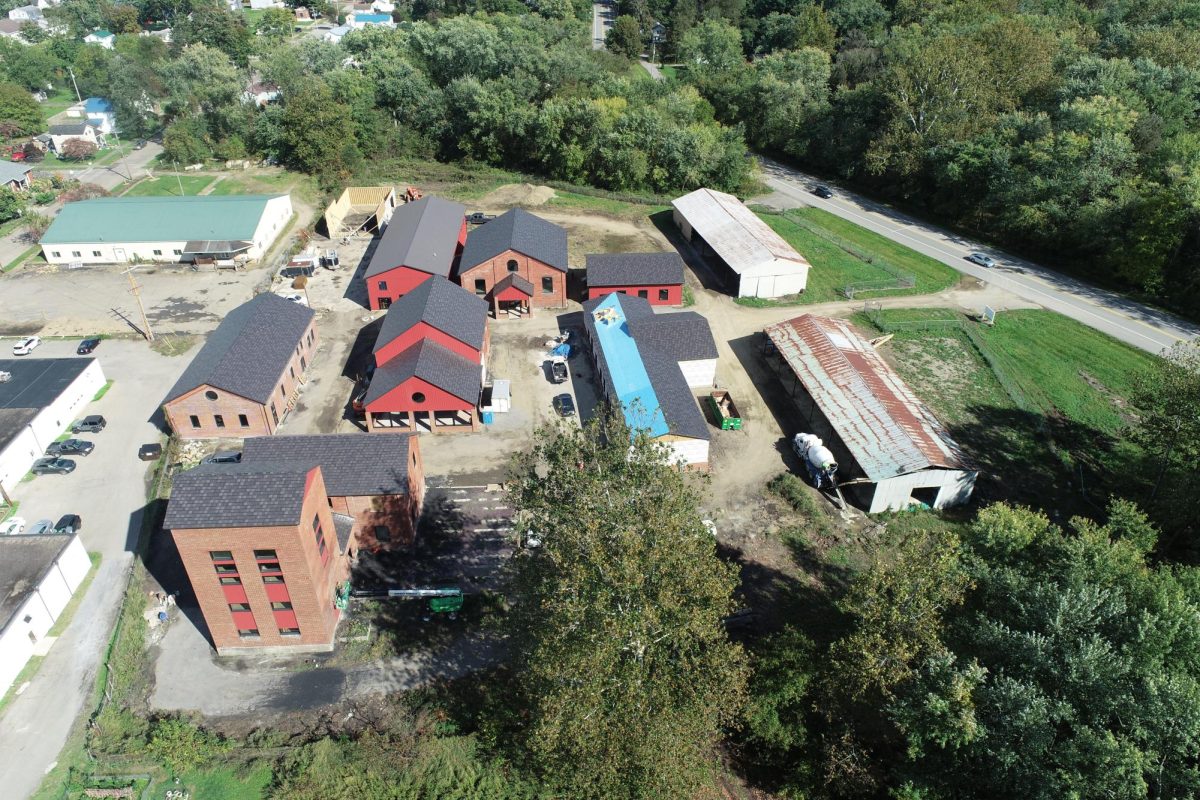
Seven years after United States tanks rolled into Iraq, Universal Studios has released Paul Greengrass’ “Green Zone.”
The trailers make it rather unclear what this film is about, only stating that it is directed by the man who helmed the “Bourne” sequels and stars Matt Damon. They leave out a great deal of the plot, and for the first 25 minutes of the film it is clear why.
Paul Greengrass and Matt Damon essentially changed the action genre. “The Bourne Supremacy” and “The Bourne Ultimatum” were both critically and commercially successful, and they stripped away computer generated effects from action sequences placing the camera just feet from the action.
The constant use of the hand–held camera is now a staple in most action films, for better or worse. I must say that I loved the “Bourne” sequels, but I think this style, when in the wrong hands, can go terribly awry (“Eagle Eye” comes to mind). While there are certainly scenes in “Green Zone” that utilize this technique, what is at the heart of the film is political commentary.
The film is a politically charged action thriller set in 2003 after the United States military reached Baghdad.
Chief Miller, played by Matt Damon, and his team are looking for sites suspected to be production locations for weapons of mass destruction. Miller and his team continually wind up empty handed. He suspects the intelligence is flawed and begins to uncover a terrifying truth.
“Green Zone” has a fantastic supporting cast. Brendan Gleeson, Greg Kinnear and Amy Ryan provide most of the exposition and dialogue needed to make this film interesting as Chief Miller continues his investigation.
Gleeson plays Martin Brown, a CIA veteran who works with Chief Miller in an attempt to uncover the truth.
Kinnear plays his rival at the agency, Clark Poundstone, whose objective is black and white: to win and make the invasion look as good as possible for the United States.
Amy Ryan plays Wall Street Journal reporter Lawrie Dayne, who filed the initial story about a source confirming Iraq’s development of weapons of mass destruction.
This film is certainly not a conspiracy theory or political thriller, but rather a look at the reasons why America went to war.
The film reaches some rather damning conclusions, but one thing seems puzzling to me. Why was this film made now?
In the year 2010, there are still thousands of troops in Iraq and Afghanistan; the film’s revelations about the motivation of the United States seem to be facts that the public has known for many years.
This film, then, is not a political indictment, but rather re–opens a wound that has not yet healed.
The film’s climactic shoot–out also feels very preachy and forced, undoing a lot of carefully crafted subtley that built up as the film progressed.
While the film’s plot and accusations will undoubtedly be praised on the left and reprimanded on the right, what cannot be debated is the quality of the filmmaking.
Not a second of screen time is wasted in “Green Zone.” This is achieved through razor–sharp, intelligent dialogue that moves quickly but is not confusing, Greengrass’ trademark intimate (but occasionally nauseating) hand–held vision and the editing of Christophe Rouse who has worked on Greengrass’ three previous films.
The politics of the film are up for debate, but the question of which director is the modern master of the thriller is not. Though this film may not be his finest, it certainly shows why every action film of the past few years has attempted to copy his style.






